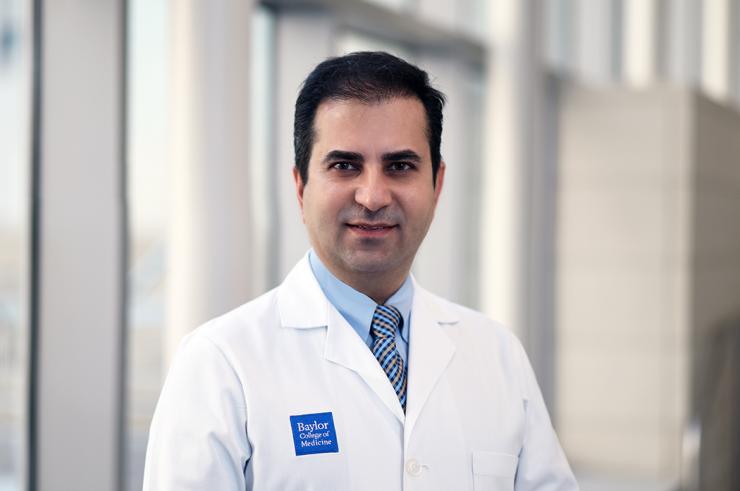Dr. Najafi Awarded Two NIH Grants

Aug. 5, 2020
Dr. Bijan Najafi, professor and director of Clinical Research in the Division of Vascular Surgery and Endovascular Therapy and director of the Interdisciplinary Consortium on Advanced Motion Performance (iCAMP), has been awarded two NIH grants.
He received a $450,000 NIH Fast Track award for his project titled, "TeleExergame: An Interactive Tele-Rehabilitation Platform for Improving Motor Function in Older Adults with Cognitive Deficit."
The project includes inter-disciplinary collaboration between Biosensics (Dr. Hung P. Nguyen, contact PI), the Department of Surgery (Dr. Bijan Najafi, PI), the Department of Neurology and Psychiatry and Behavioral Sciences (Dr. Michele York, key investigator), and the Michael E. DeBakey VA Medical Center (Drs. Bryant Monthaporn, and Amir Sharfkhaneh, key investigators).
The team proposes to develop an interactive tele-rehabilitation program for adults with mild cognitive impairment or mild dementia. The program is designed to improve motor performance using comprehensive and goal-oriented low risk exercise tasks that are remotely-supervised by a qualified therapist via a telemedicine interface.
Dr. Najafi also received an NIH-SBIR Phase 1 collaborative award in the amount of $600k. For this project, Dr. Najafi will be working with Dr. Jan Lindsay and Dr. Sharkhaneh from the VA-Houston, along with Biosenics in Boston, to develop a novel wearable device that automatically detects respiratory arrest due to overdose and automatically delivers naloxone to save the life of a person who is overdosing from narcotics.
Dr. Najafi’s career has focused on developing technologies that improve stability, healing, and mobility worldwide through research and the mentorship of young scientists and engineers and collaboration with clinical and industrial partners. He has over two decades of experience in designing bio-inspired sensors for objective evaluation of healthy state of patients with locomotor dysfunctions.










